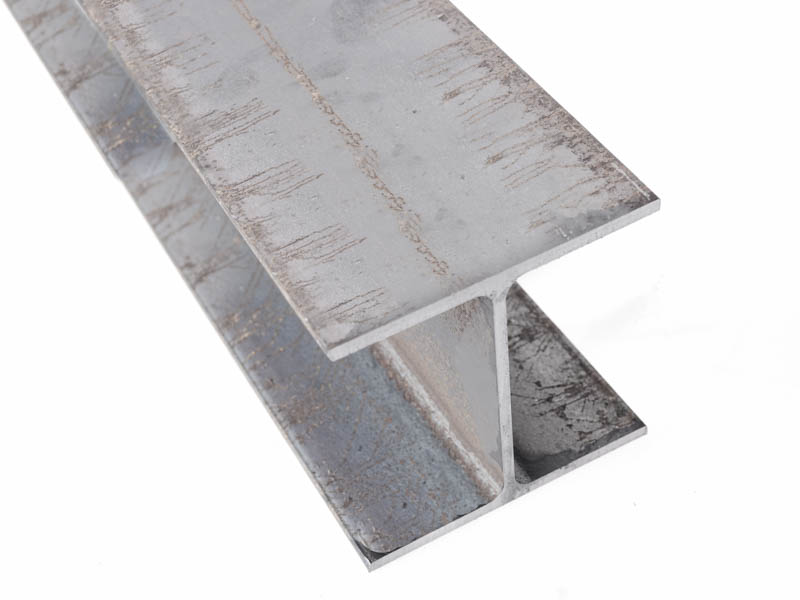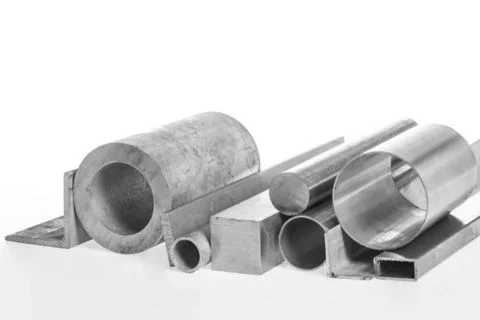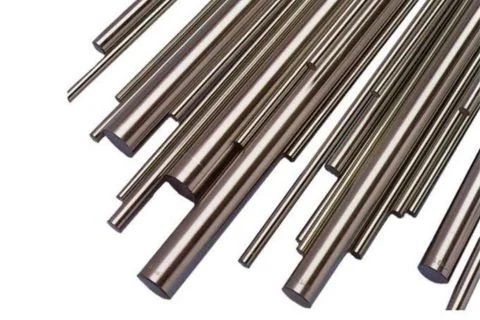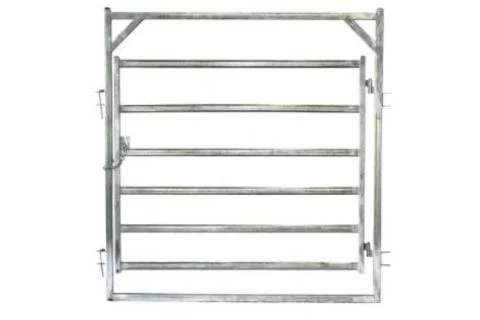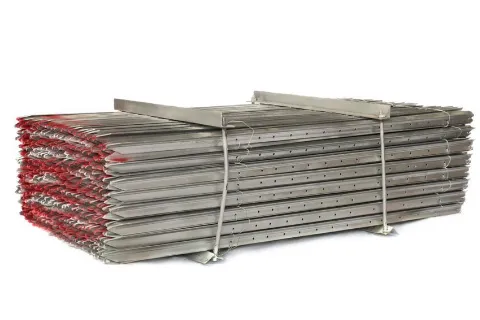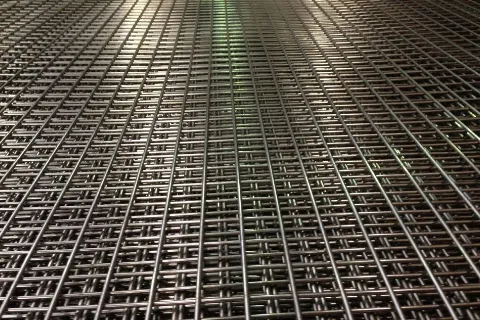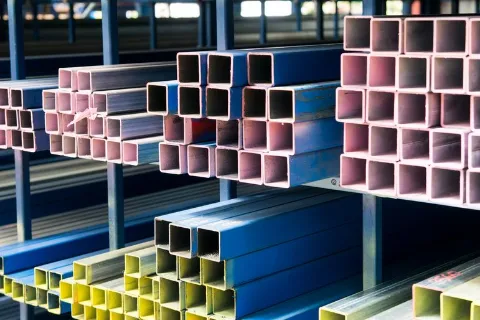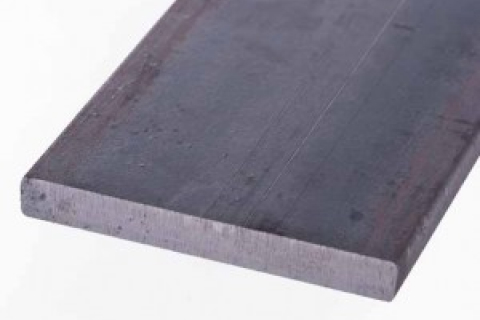Edcon Steel SpeedGas
Many customers are familiar with the ‘Swap & Go’ gas bottles available at local hardware stores and service stations and may have even picked up one for their BBQ. Not having to refill the gas bottle after use has added to the success of the product, with the improved safety and convenience appreciated by BBQ owners across the country.
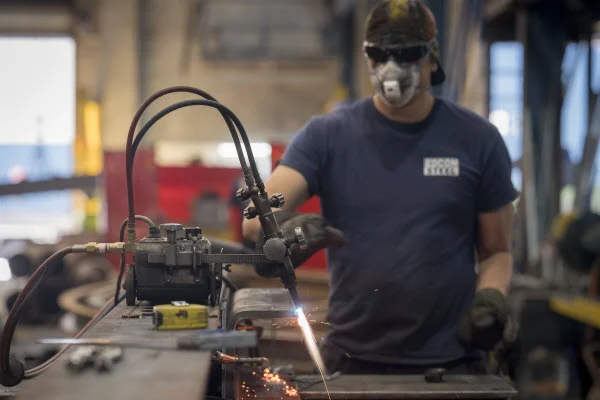
On the back of this success, many industrial gas suppliers are now offering the same service, which is ideal for small, infrequent users and handymen.
For those who only use gas from time to time, the monthly bottle hire cost was often a bridge too far.
Edcon Steel has a variety of SpeedGas cylinders available for purchase or swap and go.
With our upfront purchase and pay-as-you-go system, you only pay for the gas as you need it — and our customers love it.
Before you pick up your gas bottle, make sure you know which will be the most suitable for your welding project.
Some important considerations include the finished weld properties, preparation and post-weld clean-up, the weld transfer process and your base materials.
What type of gas do I need?
The type of welding you’re undertaking will determine the type of gas you need. If you’re new to welding, or a bit unsure of the type of gas you need, we’ve got you covered.
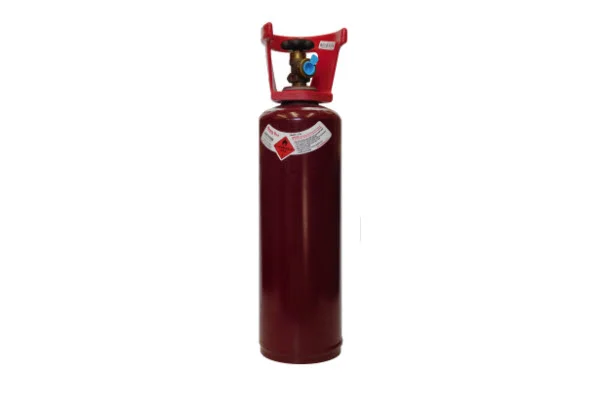
Acetylene
Acetylene is a colourless gas with a distinct odour.
It is highly flammable and is the primary fuel for oxyacetylene welding and is typically used for repair work and general welding and cutting.
Often combined with oxygen, it yields a very hot flame that is suitable for cutting and welding most types of metals and can be used in flame hardening.
This fuel is preferred by many professionals as it produces greater heating power and uses less oxygen to burn, efficiently operating at 3,150℃ compared to 2,800℃ for propane and oxygen.
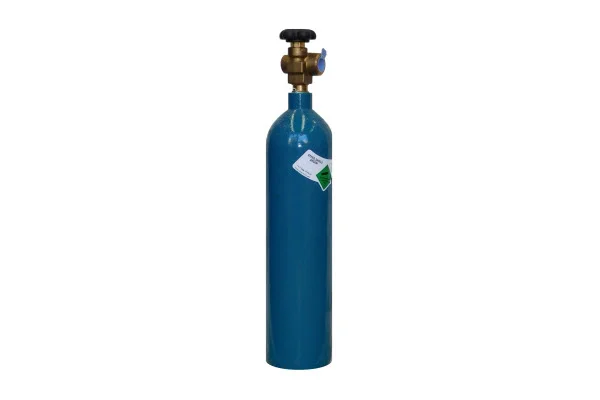
Argon
Argon is a non-toxic gas that is colourless, tasteless and odourless.
The most abundant of the rare gases, argon is a weld shielding gas that improves arc stability and is vital for welding special alloys. It also produces a narrower penetration profile, which is useful for fillet and butt welds.
Supplied in high-pressure cylinders, it is typically used in TIG (Tungsten Inert Gas) and MIG (Metal Inert Gas), or GMAW (Gas Metal Arc Welding) welding processes, but it can be used for various other welding applications.
If you’re welding a non-ferrous metal like aluminium, magnesium or titanium, you’ll need to use 100 per cent argon.
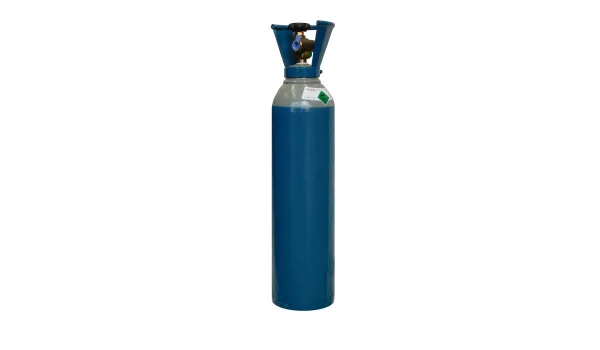
Argon C5/O2
This blended (argon/carbon dioxide/oxygen) gas is ideal when doing light fabrication work with a MIG welder on carbon steel.
Blended gas is used to increase the heat of the weld zone and will suit many general fabrication applications and ‘weekend warriors’.
Care should be taken in selecting welding gases should your work require compliance to AS1554 as the gas mixture should be prequalified to avoid costly testing or rework.
As this is a blended gas, the bottle is painted with a grey band at the top to help the user distinguish it from the pure argon cylinders.
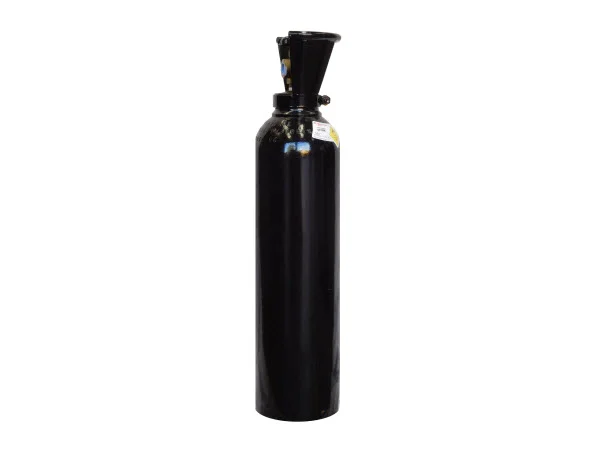
Oxygen
Oxygen combines with other fuels to produce the heat for welding, in a process known as ‘oxidation’ or ‘combustion’.
In oxy-fuel cutting, oxidation of the metal being cut (typically iron) produces nearly all of the heat required to burn through the workpiece.
Used for a variety of applications, oxygen is supplied in high-pressure cylinders and is colourless, odourless and tasteless.
It can be used in oxyacetylene welding, flame cleaning and oxy cutting. Oxygen can also be used in flame heating and flame hardening.
It is not recommended for use with aluminium, magnesium, copper or other exotic metals.
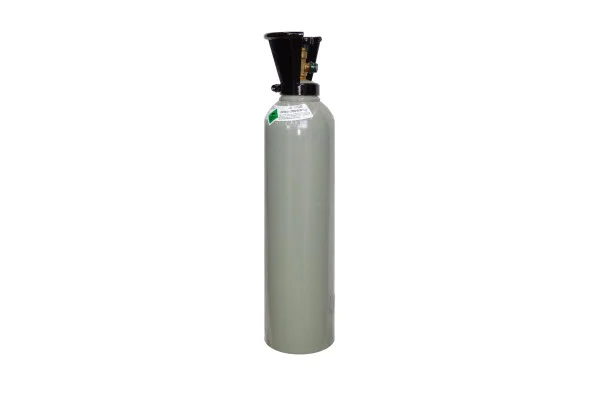
Carbon Dioxide
Pure CO2 provides very deep weld penetration, which is useful for welding thick material. However, it also produces a less stable arc and more spatter than when it is mixed with other gases. It is also limited to only the short circuit process.
CO2 is the most common of the reactive gases used in MIG welding and is the least expensive of the common shielding gases. It is the only gas that can be used in its pure form without the addition of an inert gas.
CO2 is also used in the food and beverage industry to produce carbonated drinks. A handy tip: you can buy CO2 bottles for your SodaStream as a cost-effective replacement to the small canisters at the service station.
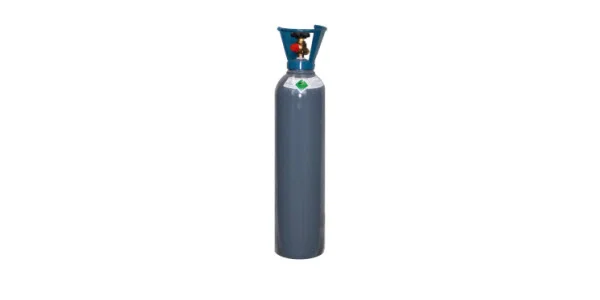
Nitrogen
Nitrogen is a non-flammable gas that does not support combustion. Colourless, odourless and non-toxic, it is almost a totally inert gas.
Compressed nitrogen gas is typically used in hot air welding, as it eliminates oxygen from the weld area.
The nitrogen acts as a shielding gas, allowing for a contaminant-free weld with less smoke and a stronger weld.
How do I store the gas bottle?
In general, cylinders should be stored away from ignition sources and kept in cool, dry, well-ventilated areas, out of direct sunlight and away from heat. Cylinders should be stored in an upright position on a firm, level floor, preferably concrete, secured and separated from empty cylinders. All oxygen cylinders should be kept oil-free and stored away from any sources of oil.
Importantly, oxygen and acetylene can react dangerously with one another. It is imperative that they are never stored together.
All gas bottles should be checked for specific storage conditions. For further advice on storage, contact your gas manufacturer.
How to stay safe
Welding gases are hazardous and can be dangerous if handled and stored incorrectly. To make sure you are using gas cylinders safely and efficiently, it is important to follow all manufacturer instructions, Australian Standards and WorkSafe Codes of Practices, safety data sheets (SDSs) and safety protocols.
Here are just a few basic tips:
- Wear appropriate protective equipment
- Remove all flammable materials from the work area
- Don’t weld on surfaces that are still wet with a degreasing solvent
- Don’t weld near degreasing baths
- Don’t use chlorinated hydrocarbon degreasers
- Ensure there is adequate ventilation in your workplace
- Use local exhaust ventilation systems to remove fume and gases from the welder’s breathing zone
- Cover degreaser baths and/or containers.
Your one-stop steel shop
Whether you want to know more about our gas bottles or you’re looking for steel and metal products for your next project, we can help.
Edcon Steel is Australia’s most comprehensive online steel and metal superstore, so if you’re looking for products for your next project, we’ve got you covered. We cut and supply steel and metal – in a wide range of shapes, sizes and grades – for all your project needs.
Read more steel articles to find out more about the steel industry, customer projects and product resources.

